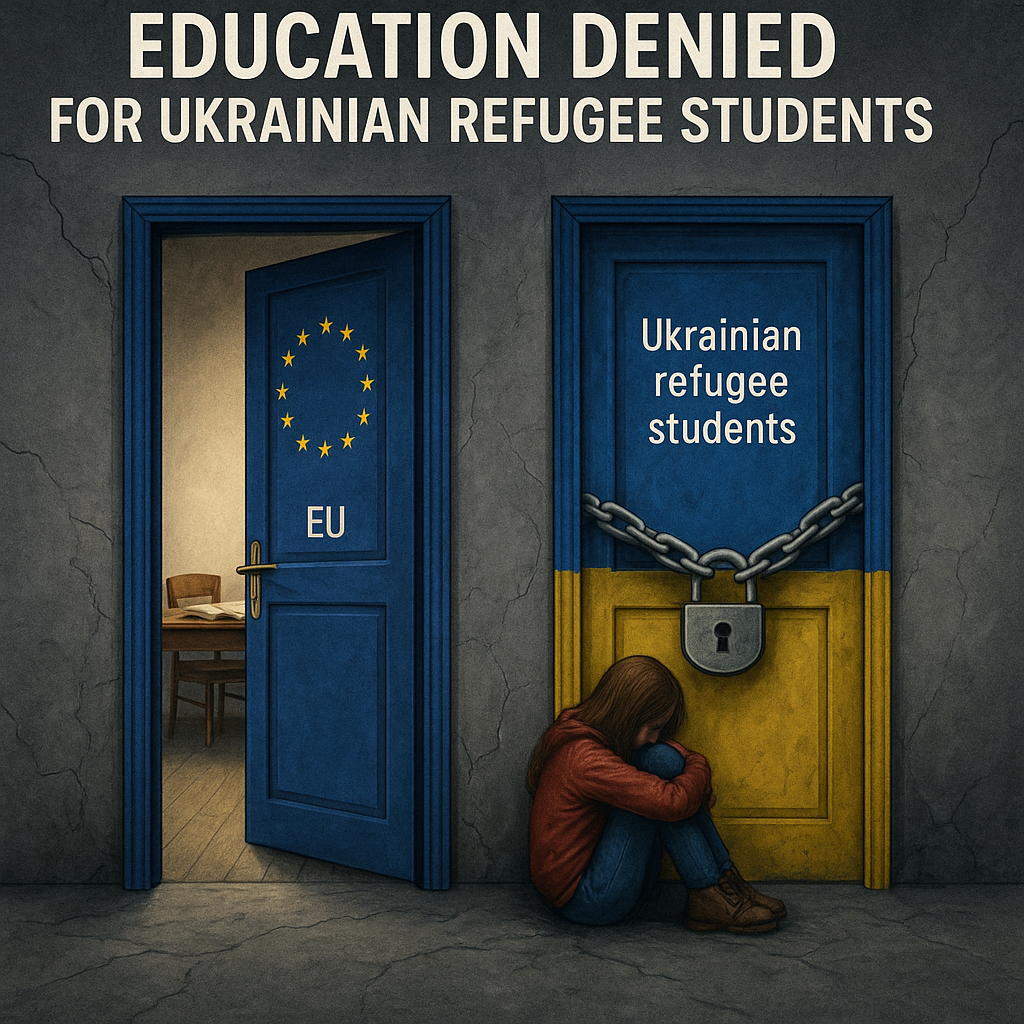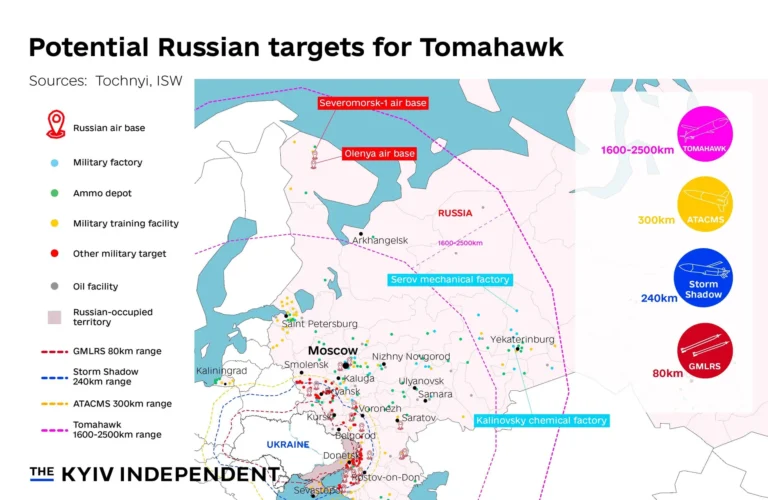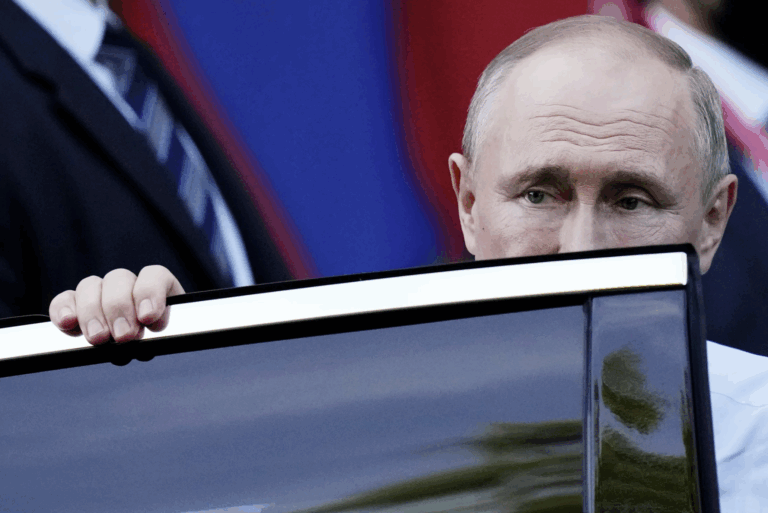
Introduction: the promise and the reality
When Russia launched its full-scale invasion of Ukraine in February 2022, the European Union responded with unprecedented unity. Borders opened, temporary protection directives were activated, and millions of Ukrainians, mostly women and children, found refuge across the continent.
For young Ukrainians, this was not just about safety, but it was about continuity: keeping their education alive, building careers, and preparing to return one day to rebuild Ukraine.
Yet three years later, many of these same students face an unexpected and devastating obstacle: Europe, while opening its borders, has left its classrooms half-closed.
Instead of accessible pathways to higher education, Ukrainian students often encounter international tuition rates, lack of financial support, bureaucratic hurdles, and fragmented national policies. The result? A growing risk of a “lost generation”, youth caught between war at home and exclusion abroad.
The Dutch example: closed doors behind open borders
The Netherlands is home to more than 120,000 Ukrainian refugees. On paper, the country has shown generosity in offering housing, healthcare, and work permits. But when it comes to higher education, a different picture emerges:
- Tuition gap: While Dutch and EU students pay a regulated €2,601 per year, Ukrainian students are charged international fees between €8,000 and €15,000 annually.
- No study financing: They are excluded from DUO’s basisbeurs and student loans, effectively closing the door for those without wealthy families.
- Temporary protection loopholes: Despite EU protection status, Ukrainian youth fall under exceptions that strip them of affordable access.
The consequences are immediate. Many students abandon studies, taking up low-wage jobs to survive. Others live in uncertainty, unsure whether to continue education or wait out the war.
As Iryna (17, Ukraine) explained:
“I speak the same language and have the same intellect as my classmates. Only my passport is different.”
A patchwork across Europe
This issue extends far beyond Dutch borders. Each EU member state has interpreted the Temporary Protection Directive (TPD) differently, leading to a patchwork of rules:
- Poland & Czech Republic: Initially offered free or reduced tuition, but with limited slots and inconsistent recognition of Ukrainian diplomas.
- Germany: Allows Ukrainians to study as “guest students” but leaves many unable to transition into full, accredited programs without additional exams.
- France & Italy: Bureaucratic delays and lack of clear guidance have forced students into lengthy waiting periods before enrollment.
- Netherlands & Belgium: High tuition fees and lack of financial aid block most from even considering higher education.
This inconsistency undermines the EU’s broader political message of solidarity. While leaders declare that Ukraine is “fighting for European values,” Ukrainian youth often find those values absent when it comes to their own future.
The cost of exclusion
Denying Ukrainian students access to affordable education has consequences that go far beyond individual hardship.
For Students
- Wasted potential: Talented youth are funneled into survival jobs instead of academic and professional development.
- Psychological strain: Interrupted education contributes to anxiety, loss of purpose, and social isolation.
- Brain drain risk: Many who cannot study in the EU may seek opportunities further abroad, weakening Europe’s ties with Ukraine.
For Ukraine
- Reconstruction gap: Engineers, doctors, teachers, and IT specialists are desperately needed for post-war recovery. Blocking education today means Ukraine will lack these professionals tomorrow.
- Delayed reforms: Ukraine’s EU integration depends on a new generation of educated citizens. Denying them access undermines Europe’s own enlargement goals.
For Europe
- Moral contradiction: The EU risks being seen as hypocritical, praising Ukraine’s sacrifices while sidelining its youth.
- Lost investment: Supporting Ukrainian education now is not charity; it is a strategic investment in a future EU member state.
- Security risk: Frustrated, marginalized youth are vulnerable to exploitation, disillusionment, or disengagement from democratic values.
Historical parallels: lessons Europe should remember
This is not the first time Europe has faced a displaced generation. After World War II, millions of refugees were integrated into host societies through education and work opportunities. It was seen not as charity but as a necessity for stability and reconstruction.
Similarly, when the Balkans wars of the 1990s displaced hundreds of thousands, access to education became a central pillar of reintegration policies in Western Europe.
By contrast, today’s fragmented policies toward Ukrainians risk repeating mistakes of exclusion that create long-term marginalization.
Solutions: from patchwork to policy
The solutions are neither radical nor impossible. They require political will and European coordination.
- Equal Tuition Rights
Extend national tuition rates to Ukrainian students under temporary protection, ensuring they are treated as EU students, not outsiders. - Access to Financial Aid
Open student loans, grants, and scholarships, at minimum, create EU-level emergency funding dedicated to Ukrainians. - Recognition of Qualifications
Streamline diploma recognition across member states. A centralized EU process would reduce bureaucratic delays. - Targeted Support Programs
Language courses, mentorship, and bridging programs to help Ukrainian students adapt quickly into European universities. - EU-Level Framework
Move beyond fragmented national decisions. The European Commission should coordinate an education framework for displaced Ukrainians, just as it coordinated housing and work permits.
Why It Matters Now
Ukraine’s survival is not just a military question, but it’s is also educational, cultural, and generational. The war has already destroyed thousands of schools and universities inside Ukraine. If Europe fails to compensate by opening its own classrooms, the damage will echo for decades.
The choice is stark: either invest in Ukrainian youth now or face the consequences of a generation lost to displacement, poverty, and exclusion.
As the Dutch UAF foundation rightly says: Laat gevlucht talent bloeien; let displaced talent flourish.
Europe has the means, the institutions, and the moral responsibility to act. What it needs is the courage to match its rhetoric with policy.





